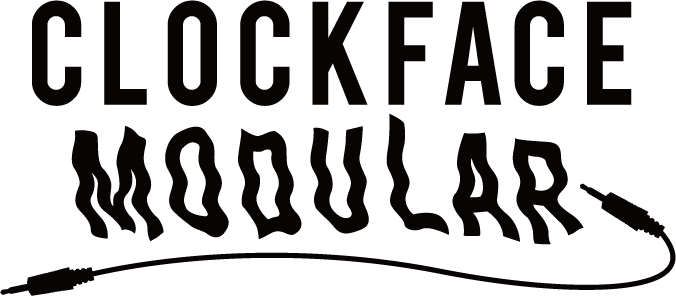MUSICAL FEATURES
Jena is a digital signal processing module that can be used as a CV or audio wave shaper, a digital oscillator, a Walsh function generator, a rhythm generator, etc. Jena is a module that composes the Leibniz Binary Subsystem developed by XAOC Devices. Since it inputs and outputs an 8-bit digital signal, it uses a 10-pin connector on the board for input / output instead of the usual jack. The analog signal that passes through a normal patch cable is
DresdenIs converted to an 8-bit signal by using (so you need Drezno to use Jena).
Jena performs wave shaping by looking up the wavetable for the input 8-bit signal. This is a method of converting the waveform by designating the phase in the waveform selected by the value of the input signal and outputting according to it, which is a classical waveform conversion method using a digital wavetable. It is also possible to transform the CV.
A wavetable that contains the waveforms for conversion is called a bank, and Jena stores a total of 15 banks. The first 11 banks (0-9 and A) have audio signal conversion in mind and allow various wave shaping. The rest of the banks store wavetables suitable for outputting rhythms and CVs. The transition between the waveforms in the wavetable smoothly morphs, and since the last waveform and the first waveform are continuously connected, the waveform does not break.
The bank and the waveform in the bank are determined by the encoder on the left. Press the encoder to switch the selection between bank and waveform, and turn the encoder to change. The Phase knob also controls which part of the wavetable waveform you use to start with. Banks, waveforms and Phases can all be controlled by CV.
The 8-bit signal processed by Jena is output for each bit from the eight gate outputs on the front panel. Also, when the Link button is ON, the processed signal is output from the OUT pin on the board, and when it is OFF, the signal to the IN pin that does not pass JENA can be output from the OUT pin as it is. At this time, the signal processed by Jena is output from the gate output jack on the entire surface.
Press and hold the encoder to enter the setting mode, where you can turn the encoder to change the following two settings.
-
Clock switching: Switches Jena's operating clock to internal clock or external clock input via IN pin. The internal clock is as fast as 2Mhz, so it's useful when you want to modulate Jena's parameters without matching the external clock.
-
SYNCHRONOUS mode A Switching between SYNCHRONOUS modes: The ASYNCHRONOUS mode is the operation specification itself described above and is useful when processing an external signal. In SYNCHRONOUS mode, the input signal is analyzed and a wavetable waveform with the same period as that signal is output. This allows you to create waveforms without the discontinuities that often occur with simple wavetable outputs. As a disadvantage, there is a time lag for analysis, and it may not be possible to immediately follow the pitch or waveform change of the input signal.





